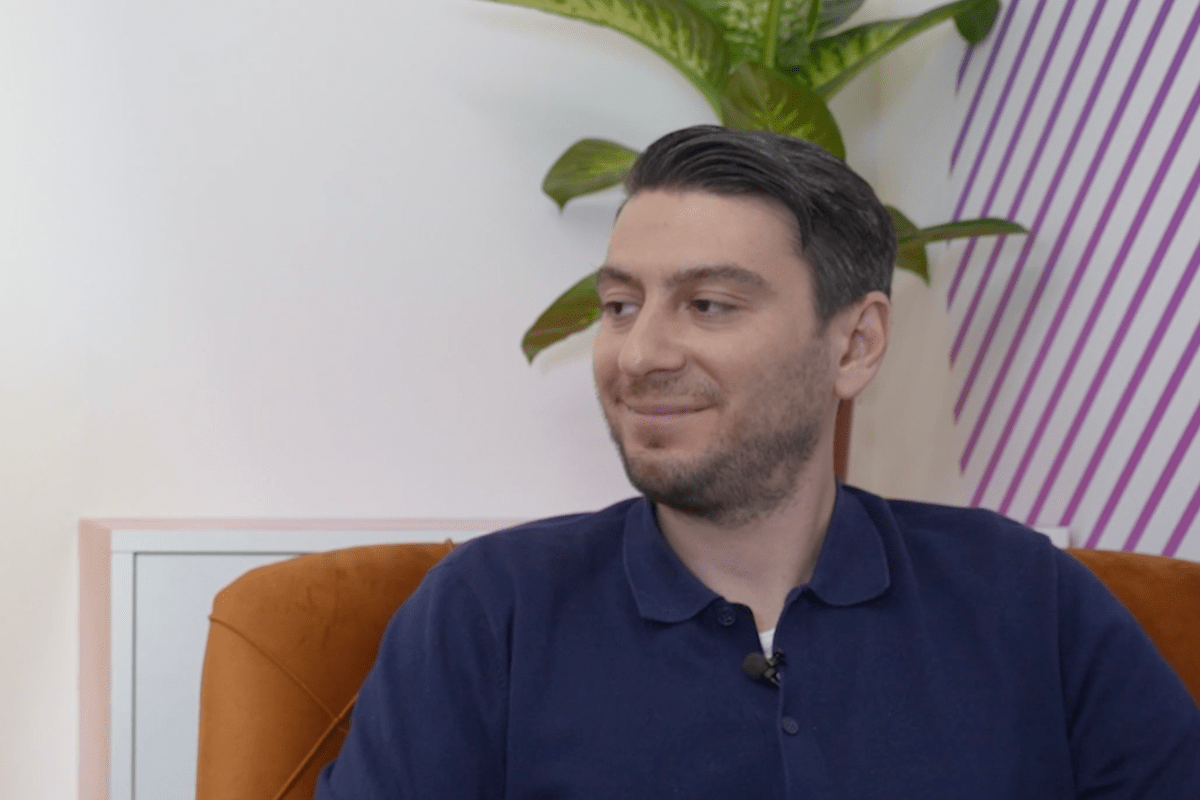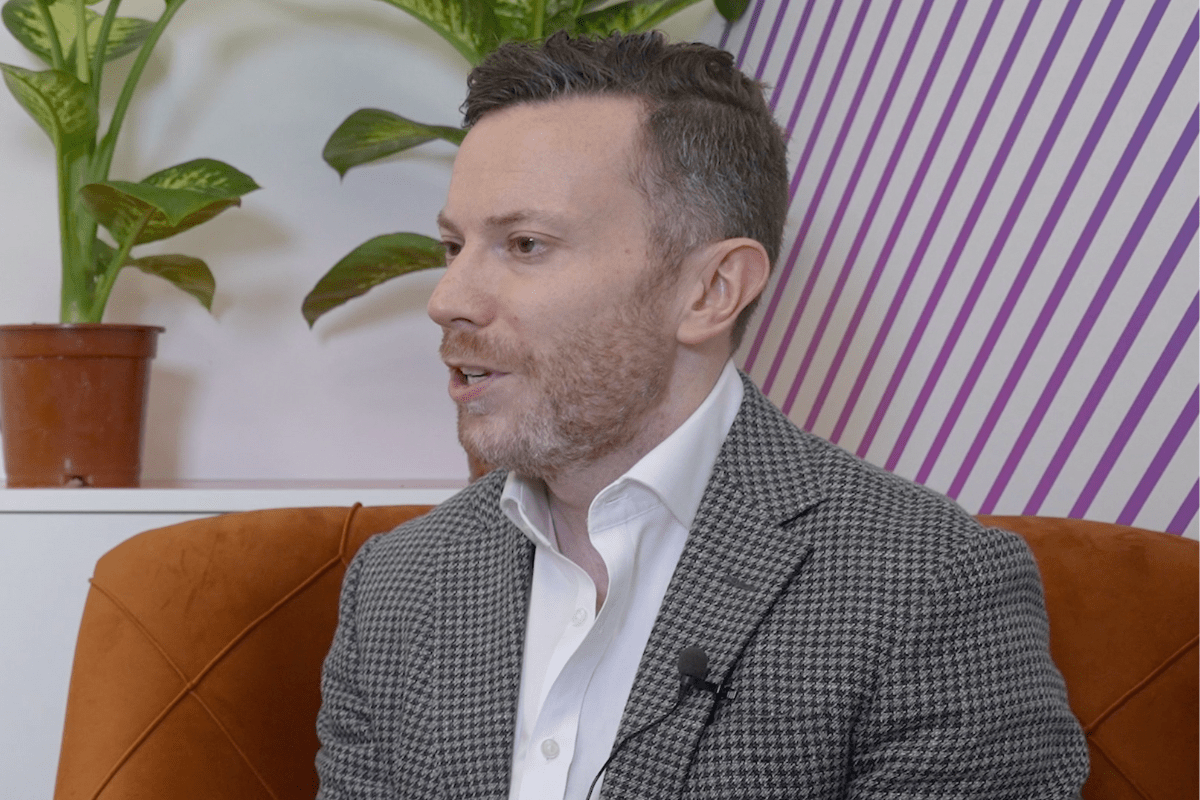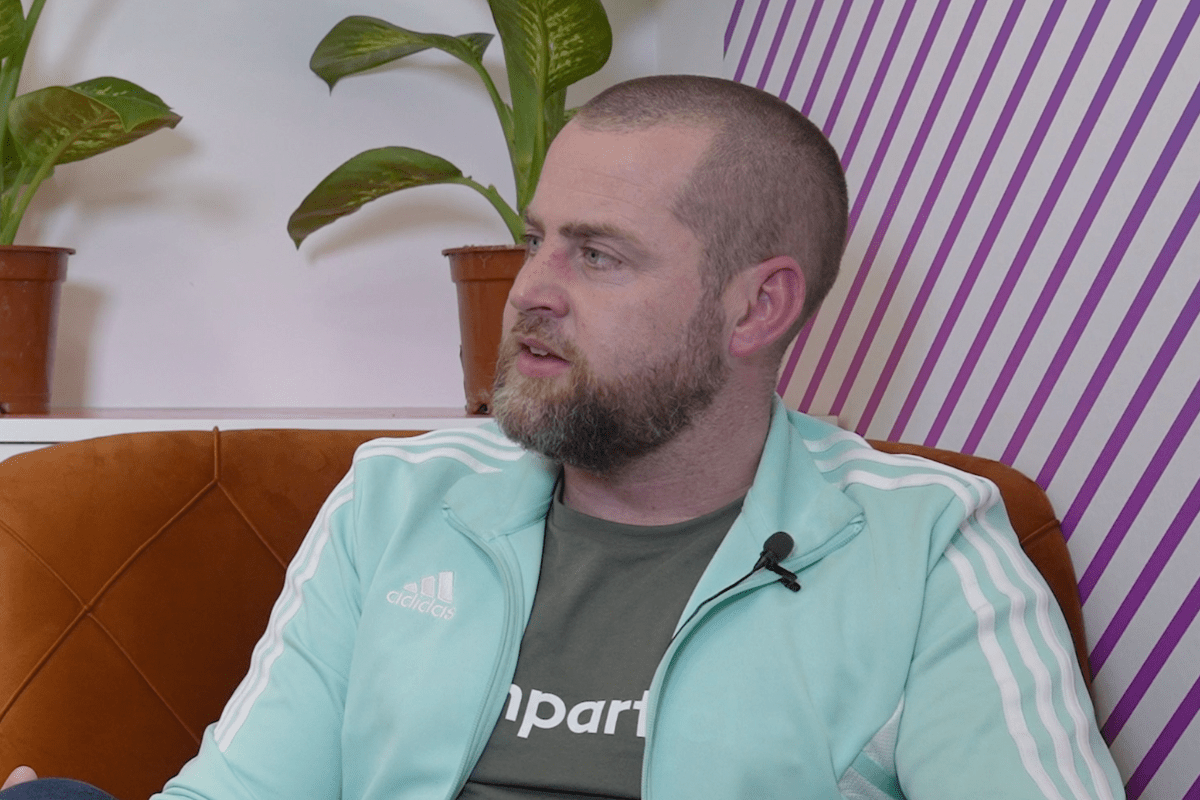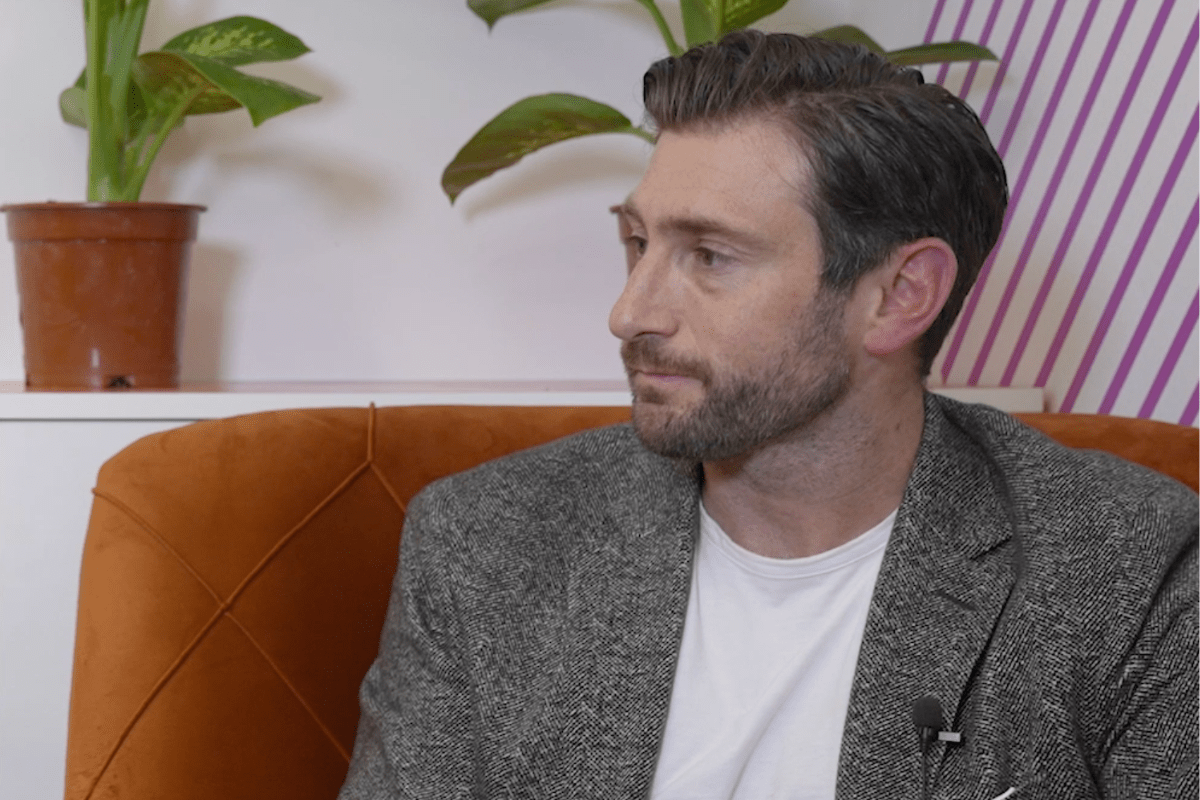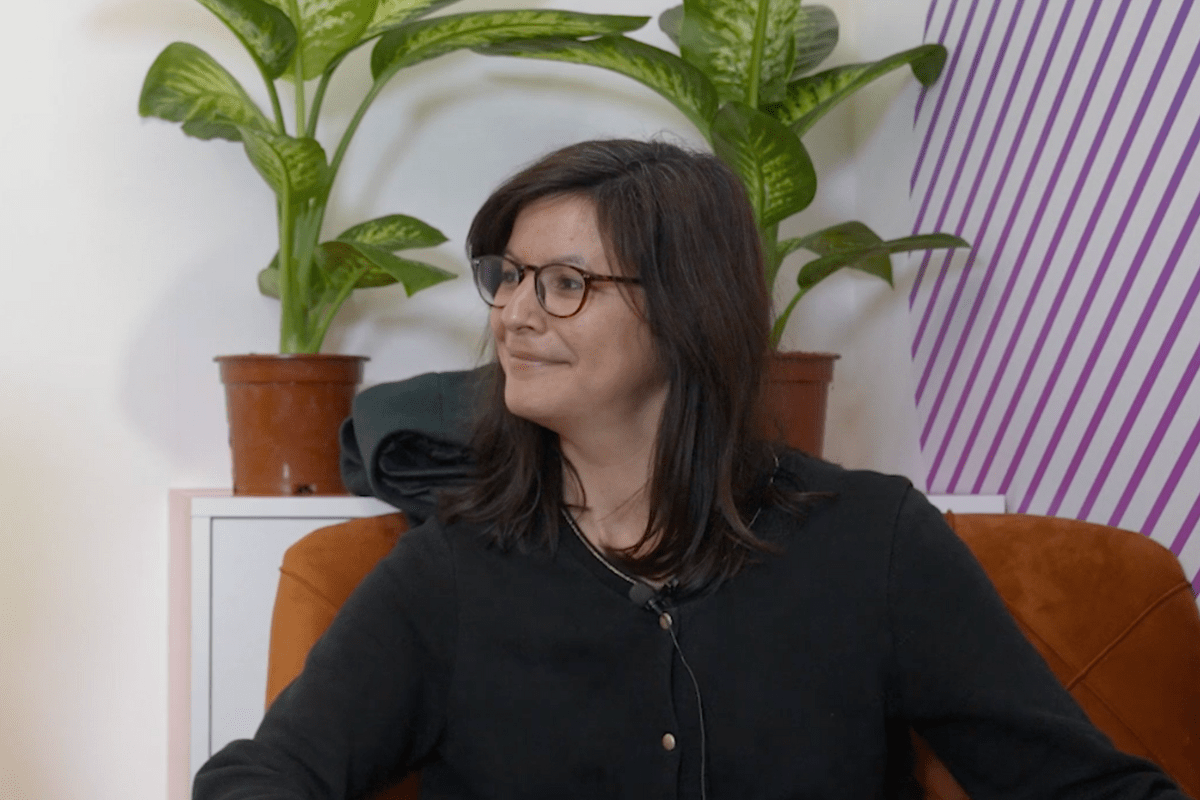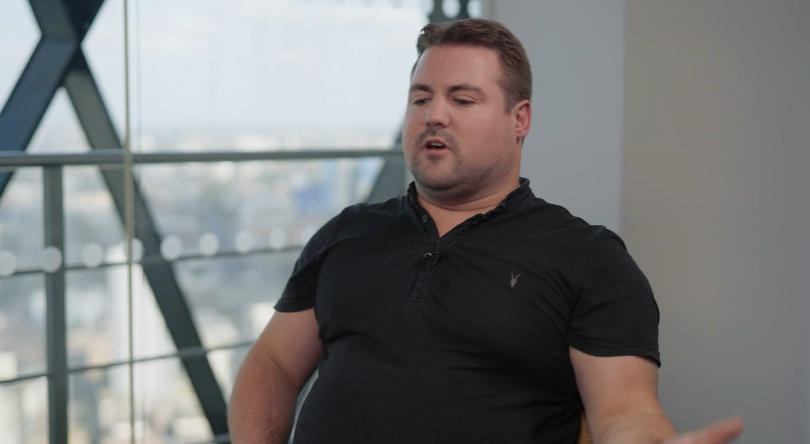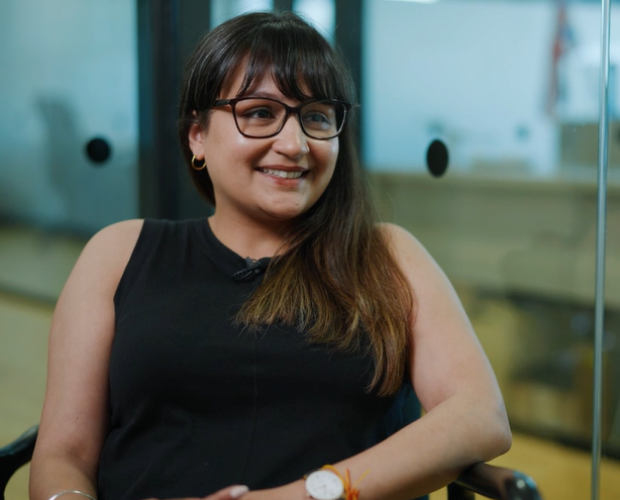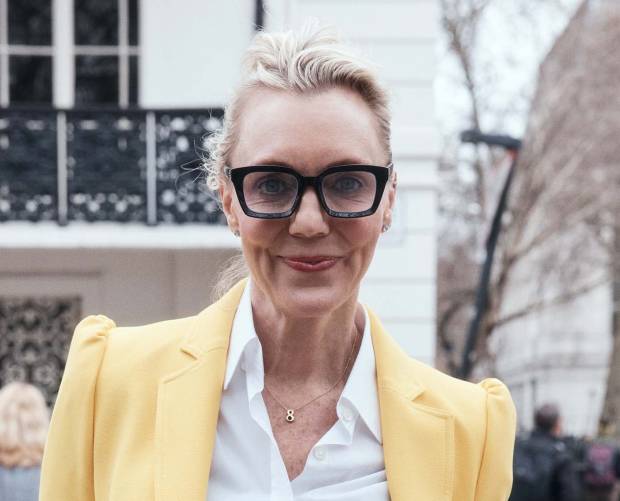Mobile Marketing Magazine meets Matthew Goldhill, founder and CEO of Picnic.
 Mobile Marketing: Can you tell us how you ended up launching Picnic in 2017?
Mobile Marketing: Can you tell us how you ended up launching Picnic in 2017?
Matthew Goldhill: I caught the entrepreneurial bug at my first role out of university, working at a mobile marketing startup called Mobile5. I loved having a broad role that included creative, technology and also commercial responsibilities. It was also amazing to experience rapid growth, seeing the company go from 12 people to an exit to Omnicom within three years. I knew I wanted to go through this journey again, either as a founder or very early-stage employee.
After Mobile5 I worked at Sharethrough and AppNexus, developing key ad tech knowledge and expertise. It was at these companies that I started developing the business plan for Picnic – I could see that the first wave of ad tech innovation was coming to an end, with the infrastructure maturing and concentrating around a handful of large, globally-scaled businesses. I could see there was an opportunity for smaller businesses to purposefully build on top of this infrastructure, which is how we developed the original idea for Picnic.
MM: What was your original vision or idea?
MG: My initial vision was to create a mobile advertising performance trading desk for DTC brands like Uber and Bloom and Wild. It was 2016/2017 and these advertisers had lots of ways of finding users, but not many programmatic or transparent media options. We tried and tried to make differentiated products that worked but nothing performed as well as Facebook.
MM: How close to that vision of the business is Picnic today?
MG: The company is pretty much unrecognisable to our initial fundraising or sales decks. We’re now “The Social Display Ad Marketplace”; market leaders in social display advertising, serving formats such as Stories, Posts and Carousels mid-article on Google AMP pages. This niche of the industry didn’t even exist when we started in 2017!
MM: Have there been any pivots?
MG: We pivoted to this new product vision when Picnic 1.0 wasn’t working as well as we’d hoped and our seed round money was close to £0. We took all of our learnings from the performance mobile space and decided to focus on a different kind of advertiser, designing a Story format (like Snapchat) which we found a smart way of delivering on Google AMP pages. Since then, over the last 18 months, we’ve organically built developed ‘Social Display’ vision.
That said, the fundamentals of the business model remain the same. We wanted to build truly differentiated technology, focusing on areas in which we could provide genuine value to advertisers and publishers, as opposed to building merely commoditised solutions.
MM: So what is Picnic’s specific USP or area of expertise?
MG: Essentially, we were the first Social Display company. We have the most comprehensive range of formats in this area, focused on every KPI and vertical, allowing social assets to work harder but also taking ideas from these channels and adding them into advertising for the first time.
Take our ‘Emoji Reactions’ format, for instance, which adds a Facebook/LinkedIn style ‘emoji bar’ as the call-to-action on the creative. A user taps on 1 of 4 emojis to ‘react’ to the ad and never gets taken to a landing page. It’s an idiosyncratic yet intuitive feature that the whole company is really proud of – it also drives great results 2-3x’ing engagement rates!
MM: What makes the business really different?
MG: As well as developing Social Display formats, we’ve also been laser focused on what inventory we wanted to run on, deciding to only serve our formats on Google AMP pages, as they have a UX and load time that is comparable to social network apps. We are now the leading Google AMP monetisation solution, integrated with the majority of the UK’s publishers to monetise their AMP inventory with our unique formats. In this way, we provide genuine value to publishers in an under-represented part of the industry.
Also, from a business perspective, we’re very proud to be a profitable company, growing organically from our revenue. It’s often assumed that the only way to grow is to raise money from investors, however, we’ve achieved VC growth levels whilst bootstrapping – this was recognised by our debut on the startups.co.uk list, coming in at 56 in our first year.
MM: What are your plans for the future?
MG: We remain focused on continuing to build Social Display formats but we also want to build automated ad-creation tools, for both advertisers and publishers. Studio, our first software product, allows us to create Social Display ads instantly from existing social assets, simply by pasting in an Instagram or Facebook URL. We are currently working with our first publishers and advertisers, white-labelling the format and software.
We are also continuing to work towards selling our inventory and formats programmatically, on a self-serve basis, as well as adding in unique data solutions, especially as the cookie crumbles.
At the heart of everything we do is the aim of keeping user experience at the core of all digital marketing. As a small start-up, it’s our mission only ever to build products, technology or services that are truly differentiated.
MM: What are your thoughts on the state of digital marketing today?
MG: It often feels there is an existential assumption that the only digital marketing channels left are Facebook, Google (and maybe TikTok if you want something shiny and new). As shown by big tech’s financial performance during this pandemic and the anti-Facebook boycotts, the social networks will be able to generate huge sums of revenue, however, the vast majority of this will continue to come from SMEs.
Bigger brands, specifically those that have traditionally seen TV as their primary advertising channel, are ultimately still at the beginning of the shift to digital advertising and will not rely on Facebook alone – they will require and use the technology and services of a new generation of digital marketing companies.
The death of the cookie, the death of desktop as a consumer channel, rise of Gen Z consumers, 5G and a plethora of other trends provide fertile ground for startups and new technologies. Whilst it sometimes might feel like we’re at the end of a technology cycle in which Google and Facebook have consumed everything, it’s important to remember that digital marketing is a trillion dollar, growing market. Our industry will continue to experience rapid innovation, fuelled by the startup community.





